One With The Motherland
by: Anna McCrearyThe Motherland
Landlocked in southern Africa, Zimbabwe is a country known for its natural beauty and diverse landscapes. No matter what direction you find yourself heading, you can find yourself met with spectacular views, such as large flowing waterfalls, savanna plains, or mountains in the eastern highlands. The wildlife of Zimbabwe is just as diverse and rich as the landscape with 350+ species of mammals, 500+ bird species, and 131 fish species. Zimbabwe has become a popular destination for wildlifetourism due to these factors. However not many people realize the country is facing an ongoing deforestation issue due to modern-day political instability. Zimbabwe has become increasingly more modernized throughout the years, resulting in a decrease of outsider knowledge on the traditional cultural groups that call this place home.
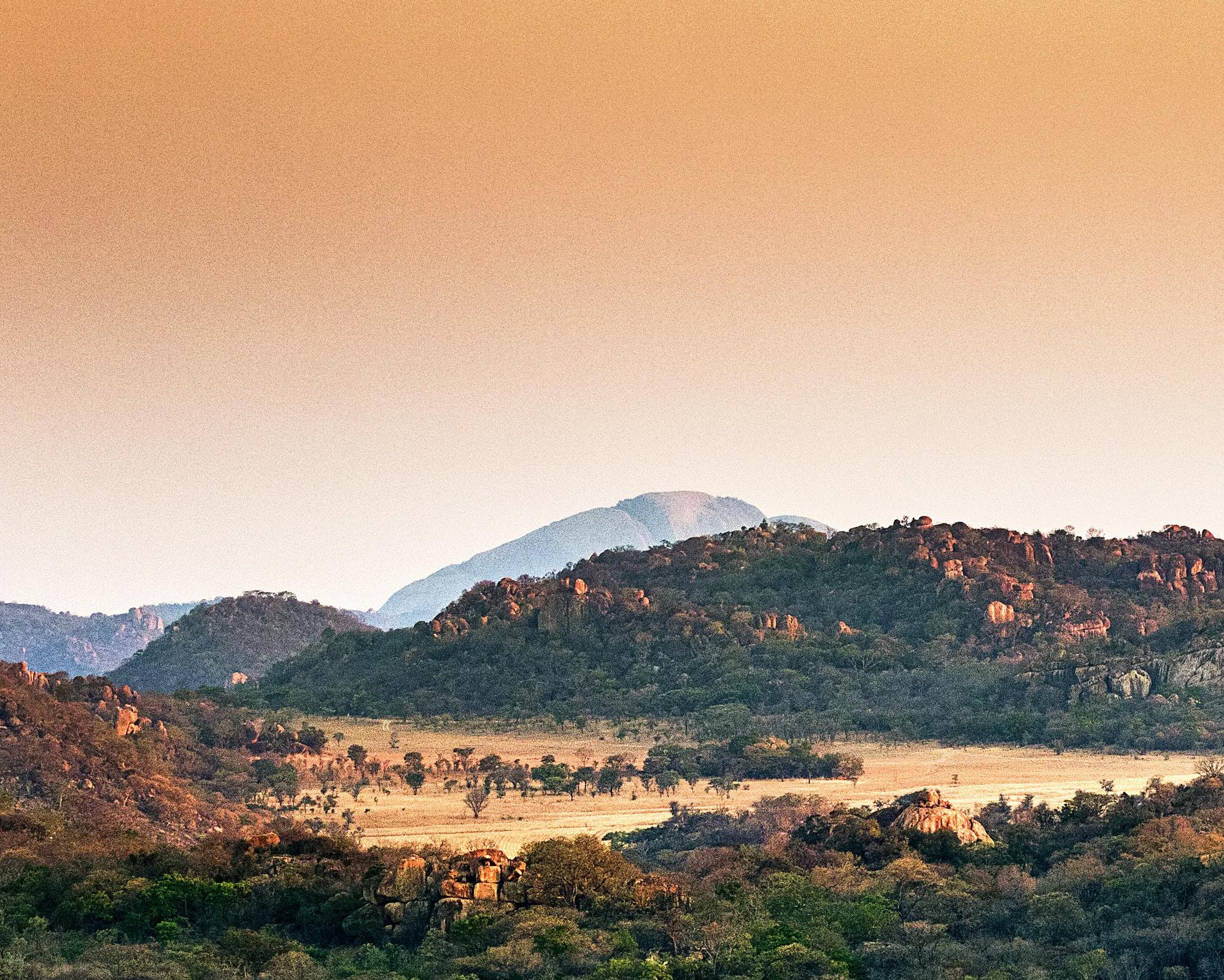
Traditional Zimbabwean cultures have strong values regarding all aspects of life, but especially when it comes to the environment and wildlife. The Ndau people, for example, strongly believe that continuity of social, religious, and economic aspects of life can be sustained by living in harmony with the environment itself. Traditional cultural beliefs play an important role in nature preservation and maintaining the balance between mankind and natural resources.
 Zimbabwe
Zimbabwe
Ndau Festival of the Arts
art, and presentations. Presentations are often given by elders, who are invited to share their perception of the world based on their culture’s traditional values. Over the years the festival has gained the attention of local researchers and scholars who aim to understand the culture’s fuse of environmental management to social life. Researchers hope to develop environmental practices for modern communities by borrowing from the rich past of the Ndau people.
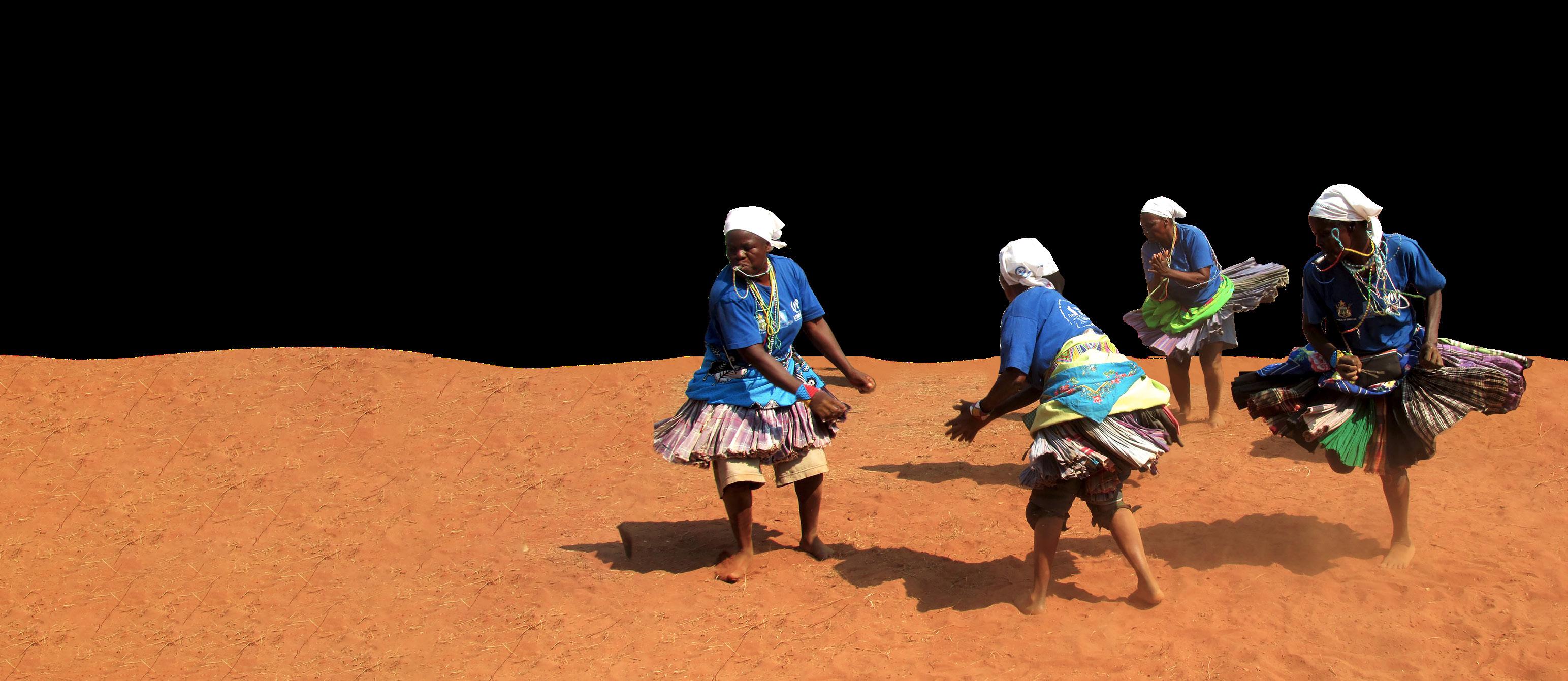
Who are the Ndau people?

The Ndau are a sub ethnic group of Shona, a group of similar Bantu speaking people, that reside in areas of eastern and south-eastern Zimbabwe. Ndau culture has strong spiritual beliefs centered around natural resources and wildlife. In traditional belief, nature and the spirit world are ultimately correlated resulting in a symbiotic relationship between themselves and the physical environment.
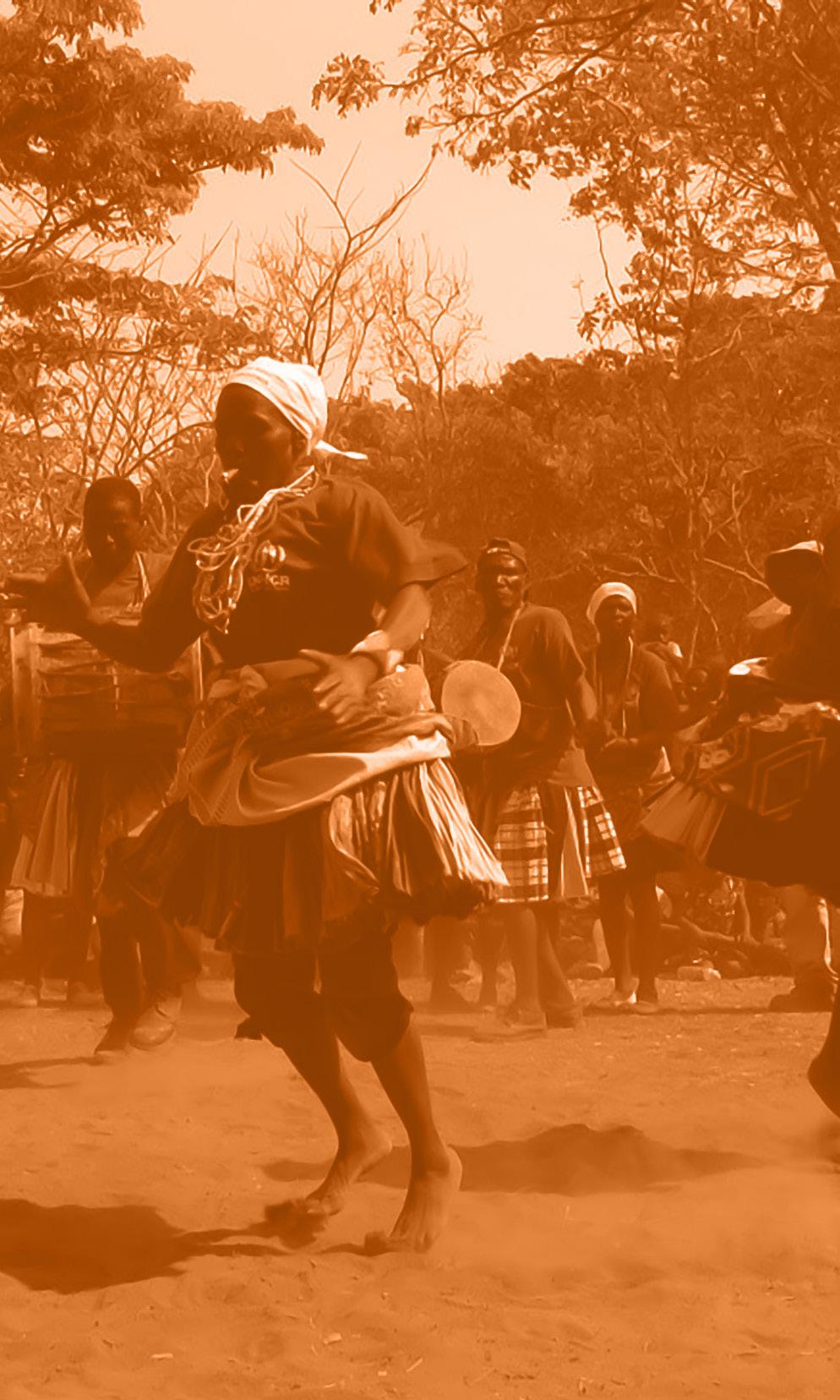
Mavuradonha Eco Wilderness Lodge
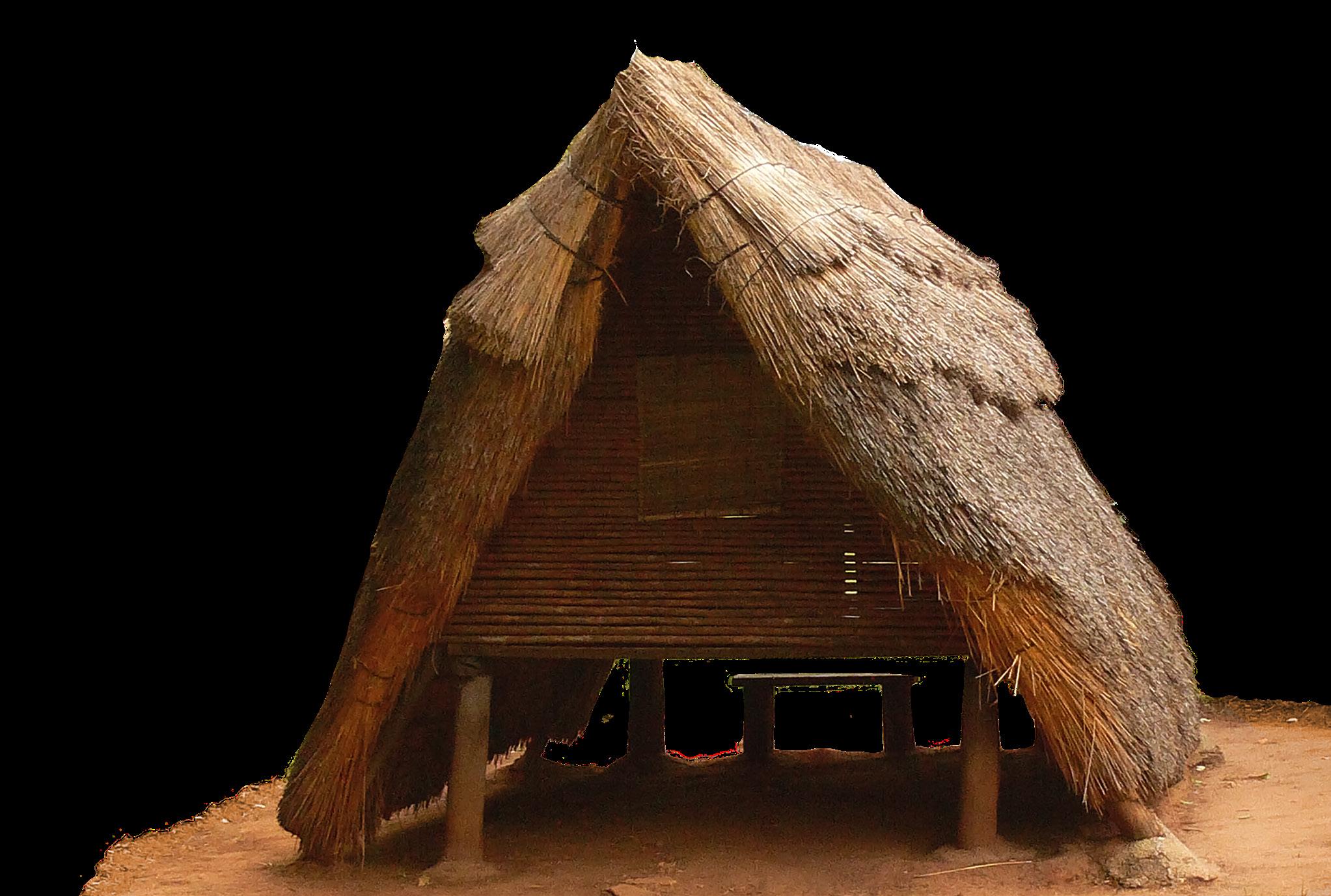
Mavuradonha Eco Wilderness Lodge is an incredible place to visit for beautiful scenery and an immersive wildlife experience. Located in the eastern part of the Zambezi Escarpment, this eco-camp is surrounded by mountains rising over 3,200ft. Alongside spectacular views, the camp offers prepared meals and a range of activities. Enjoy hiking from 11 different trails, bird watching, rock painting, and native biodiversity. After a long day of adventure you can spend a cozy night in a traditional straw basha or upgrade to a chalet. This established eco-camp is one of the successful projects of the Community Areas Management Programme for Indigenous Resources in Zimbabwe (CAMPFIRE). Through this project local communities benefit from natural resources through tourism. CAMPFIRE
aids local communities in managing their land and wildlife for future generations as well as their ability to contribute to the economy through sustainable use of natural resources.
Mavuradonha Wilderness Area
The Zambezi Escarpment, located in Mashonaland Central Province, is home to one of Zimbabwe’s true wildernesses, the Mavuradonha Wilderness Area. Covering approximatlrey 400 square miles of extremely rugged terrain, Mavuradonha houses an abundance of wildlife and complex geological formations. With a protected status as a game reserve and wilderness area, Mavuradonha is one of Zimbabwe’s last wilderness areas to remain uncorrupted by human presence.
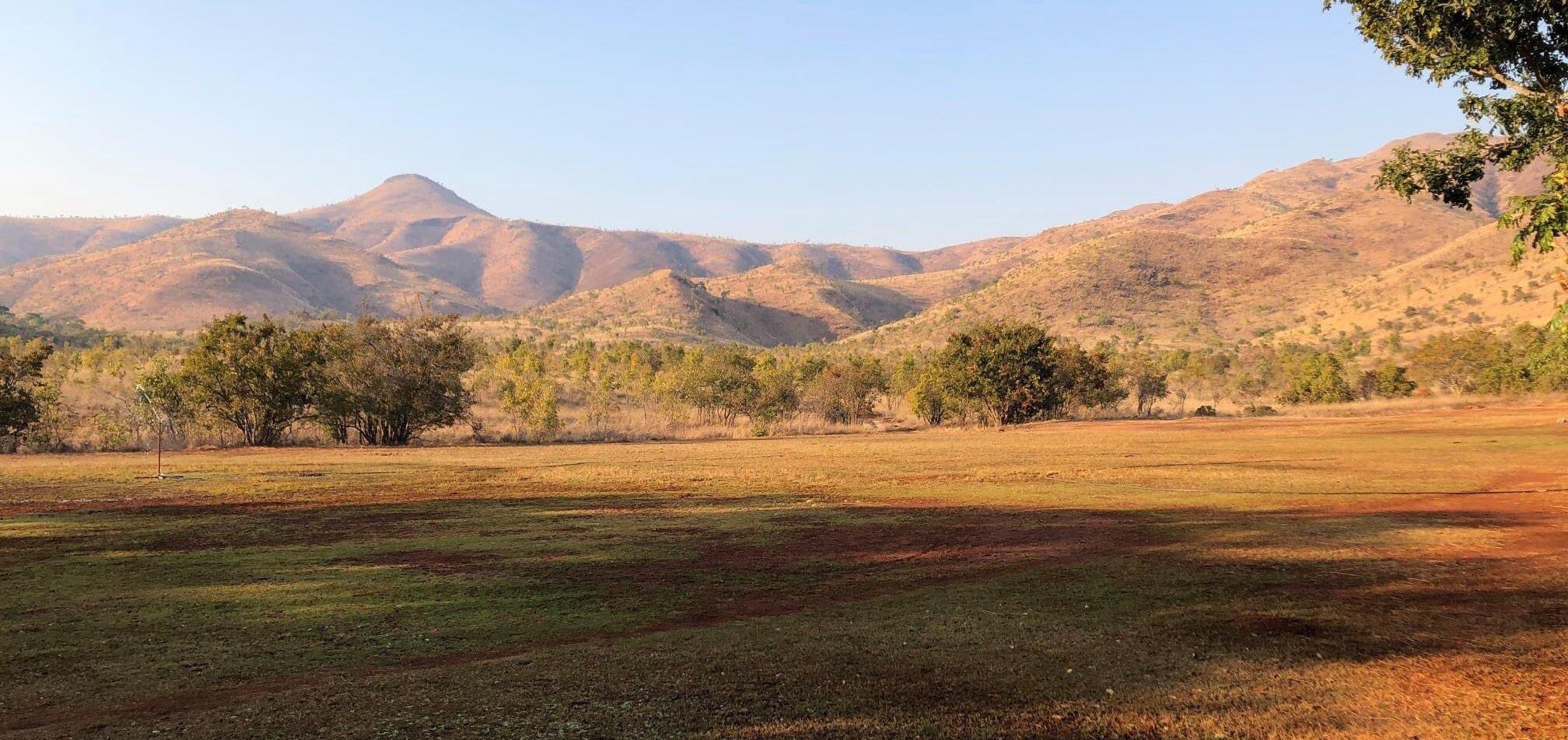
Nhedzi Soup
Nhedzi mushrooms, valuable and nutritious, are a rich product directly from the motherland. They are the most common wild mushroom found throughout almost all provinces of Zimbabwe during the hot and rainy summer months. When in season, these wild mushrooms play an important role in the food security of Zimbabwean households and rural communities due to its rich and beneficial source of nutrients.
Not only are these wild mushrooms beneficial to people, they also play an important role in the environment. Through the formation of symbiotic relationships with trees, fungi contribute to the conservation of plant and fungal biodiversity in tropical locations. Due to the unique formation of these mushrooms, they are unable to be replicated or cultivated by humans. Having such a rich source of wild grown food eliminates the need for environmentally destructive farmland. Nhedzi mushrooms, a delicious gift from the motherland, brings people back to their traditional roots and reestablishes our relationship with nature.




Ingredients:
• 2 cups Nhedzi mushrooms – chopped


• 1 cup baby asparagus – chopped
• 1 cup thin green beans
• 1 clove garlic – crushed
• ½ cup fresh cream
• 2 tablespoons butter
• Olive oil
• Salt & pepper
Preparation:
1. Start by frying the Nhedzi, asparagus, and green beans in a pan with the butter, olive oil, and garlic
2. Once tender, reduce the heat and cook for an additional 2 minutes
3. After 2 minutes, slowly add the fresh cream and simmer for 5 minutes
4. Once slightly thickened, remove from the stove and flavor with salt & pepper
5. Serve over white rice or pasta, enjoy!
Colophon
This book was completed in February 2023 and focuses on the importance of Zimbabwe’s environment and wildlife through traditional culture. Imagery consists of hand drawn digital elements as well as photos from various online sources. There are 3 typefaces used throught the book: Blogh, Mufteya, and Roboto. All hand drawn digital elements were designed by Anna McCreary using Adobe Illustrator. The final book design was created using Adobe InDesign.
Sources
1. Dube, Praxedis, et al. "Collection And Consumption of Wild Edible Mushrooms In Three Villages of Binga, Zimbabwe." (2021).
2. “Mavuradonha Accommodation: Small World Lodges: Wilderness Eco Lodge.” Small World Lodge, https://smallworldlodge.com/ mavuradonha/.
3. “Mavuradonha.” Wild Zambezi, https://www. wildzambezi.com/locations/12/mavuradonha.
4. “Ndau Festival of the Arts.” Equator Initiative,
https://www.equatorinitiative.org/2020/04/24/ solution11480/.
5. Rusinga, Oswell, and Richard Maposa. "Traditional religion and natural resources’: A reflection on the significance of indigenous knowledge systems on the utilisation of natural resources among the Ndau People in Southeastern Zimbabwe." Journal of ecology and the natural environment 2.9 (2010): 201-206.
6. Sigauke, E., et al. "African Traditional Cultural Values and Beliefs: A Driving Force to Natural Resource Management: A Study of Makonde District, Mashonaland West Province, Zimbabwe." Zimbabwe Journal of Culture, Society and Development 9 (2015): 78-83.
7. Sithole, Emmanuel. "Ndau Identity in Zimbabwe." Oxford Research Encyclopedia of African History. 2022.
8. Van Dijk, Han, Neree Awana Onguene, and Thomas W. Kuyper. "Knowledge and utilization of edible mushrooms by local populations of the rain forest of South Cameroon." AMBIO: A Journal of the Human Environment 32.1 (2003).
One With The Motherland
One With The Motherland
Landlocked in southern Africa, Zimbabwe is a country known for its natural beauty and diverse landscapes. With ongoing threats such as climate change and deforestation, it’s important we do everything in our power to safeguard these lands. Traditional cultural beliefs play an important role in nature preservation and maintaining the harmony between mankind and the motherland.
ISBN 9781234567897 51050>
567897

